In the previous episode of “Visiting Rome“, we ended our tour at Trevi Fountain. The fountain is one of the most beautiful and well-known monuments of the city, brought to fame by Federico Fellini in his film “La Dolce Vita”.
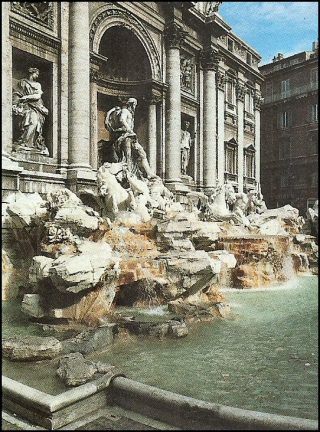
PIAZZA DI SPAGNA IN ROME
From here, we move to Piazza di Spagna and Trinità dei Monti, other two important places of the capital. To reach them, we take Via Stamperia, Via del Tritone and then Largo del Tritone, in order to get to Via Due Macelli, through which we’ll reach our destination.
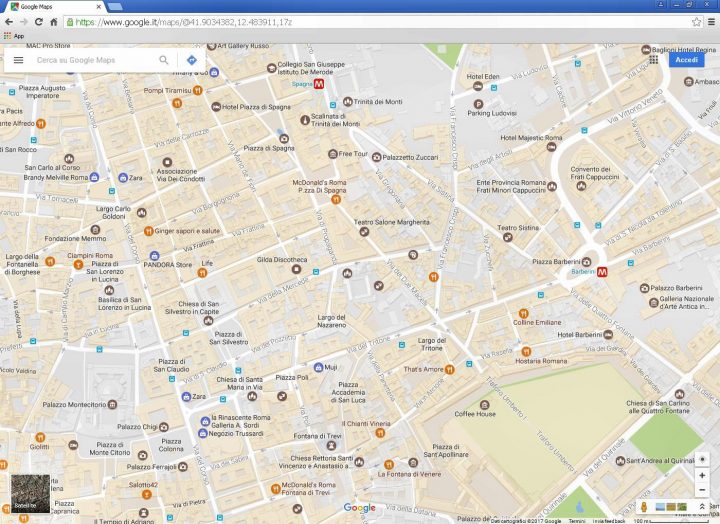
Santissima Trinità dei Monti (or simply Trinità dei Monti) is a Roman Catholic church located on the top of a little hill, behind Piazza di Spagna. This name is due to the presence of the Spanish Embassy in the square. With Saint Louis of The French, it is one of the francophone churches of Rome, built during the 16th century.
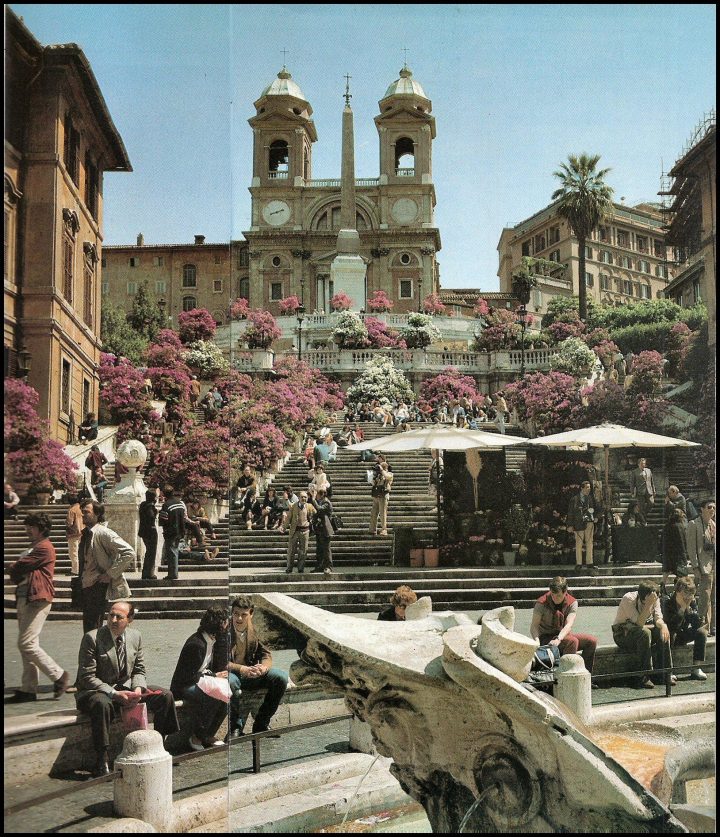
Even more popular than the church is the long stairway in front of its façade, called “Spanish Steps”.
This stairway leads from the church to the famous Piazza di Spagna, a beautiful and elegant location that became famous abroad thanks to the numerous movies or commercials often shot here.
VIA CONDOTTI
As a matter of fact, not far from here we find Via Condotti, which is probably the most elegant street in Rome, where you can find shops of all the most famous Italian brands: Bulgari, Gucci, Versace ….and much more. That’s why this street is often visited by rich foreign tourists, come to purchase jewellery or expensive clothes, shoes, bags and luxurious accessories.
PIAZZA DEL POPOLO AND VILLA BORGHESE IN ROME
From Piazza di Spagna, going straight on, we find Via del Babuino, that takes us to Piazza del Popolo. It is a large and round square with the Egyptian obelisk – called “Flaminian Obelisk”- in the middle. This monument, built by pharaoh Seti I and Ramses II, was brought to Rome by Emperor Augustus in 10 b.C. But it takes its name from the monument nearby, called Porta del Popolo, in ancient times called Porta Flaminia.

In the north side of the square we find the wonderful Basilica of Santa Maria del Popolo, and on its left we find the Pincian Hill, near Villa Borghese.

The Pincian Hill gardens are famous for the presence of 228 busts of important historical Italian personalities. In spite of the name, it is not one the seven hills of Rome, just like the Janiculum. The Janiculum (or Gianicolo) hill is a very suggestive part of the city, famous for the cannon that shoots blank every day at noon, wanted by Pope Pius IX. Pius IX was the Pope who also ordered the construction of the beautiful Basilica of the Sacred Heart of Jesus in Rome.
Villa Borghese is the most famous park in Rome. Once it belonged to Prince Camillo Borghese, husband of Paolina Bonaparte, sister of Napoleon. Nowadays it is a public park, always full of people or tourists who like to take a walk, get some sunshine and go on bike. One of its entrances is from the elegant Via Vittorio Veneto, whose delicious restaurants are highly recommended.
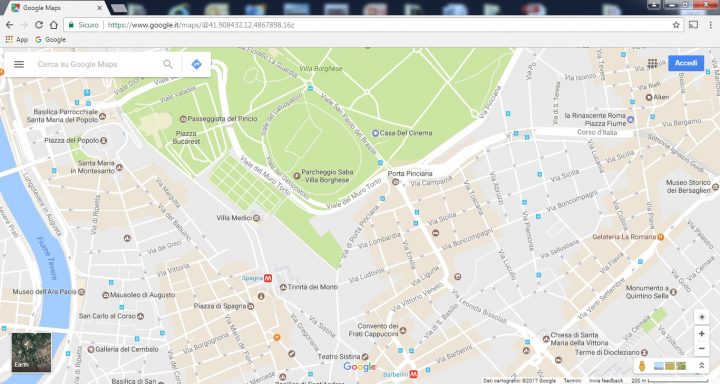
THE ARA PACIS
Another very famous park of Rome is Villa Doria Pamphili, which is diagonally opposite to Villa Borghese.
From Piazza del Popolo, taking Via di Ripetta, we find Emperor Augustus’s Mausoleum and the Ara Pacis Augustae. The Ara Pacis – which means “Altar of Peace” – was ordered by Roman Emperor Augustus in 9 b.C. The monument is full of beautiful bas relieves, and there is also a famous museum dedicated to it.
And that’s the end of our “Visiting Rome”, even though there would be many more things to see and find.
From Piazza del Popolo we now cross Ponte Margherita and get back to Via Cola di Rienzo, the first point of our trip.
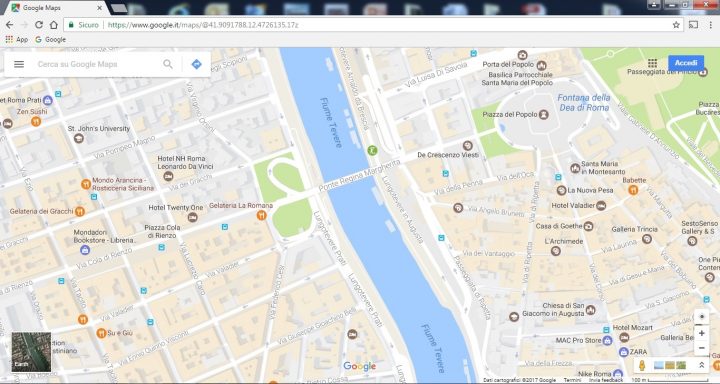
WATCH THE VIDEOS OF “VISITING ROME” ON YOUTUBE AND SUBSCRIBE TO THE CHANNEL!
